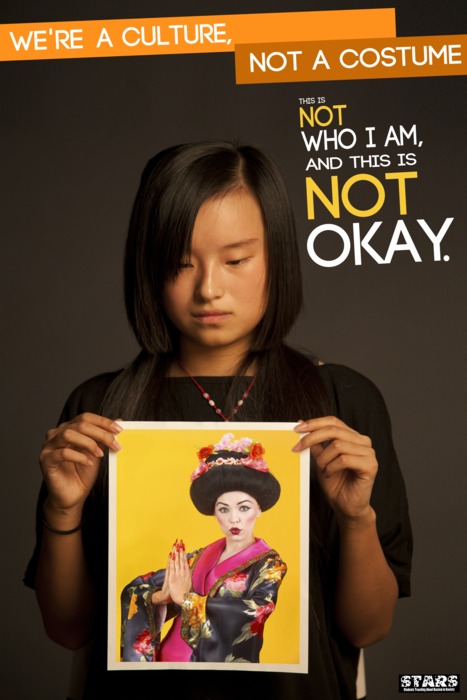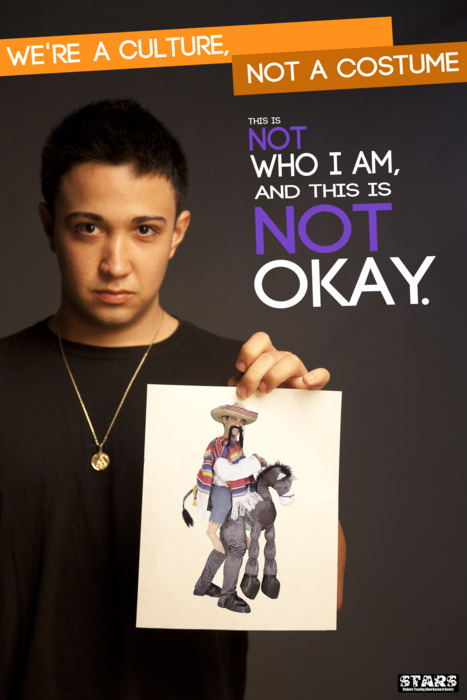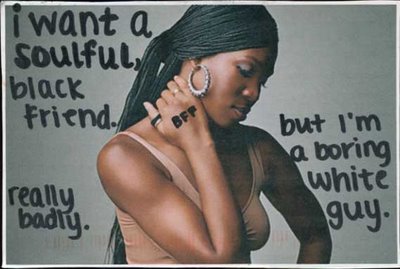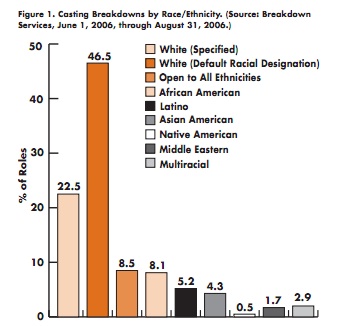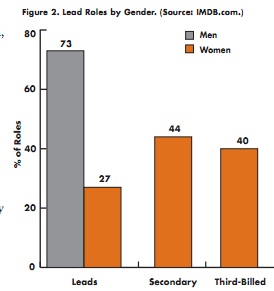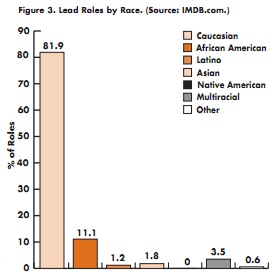Enjoy our collection of Halloween posts from years past:
Race and Ethnicity
- Dressing your dog up like a racial caricature (pictured).
- Othering of undocumented immigrants with an “alien” costume.
- A collection of racist Halloween costumes.
- Asian hair for Halloween.
Gender
- Men dressing up as fat women, hilarious and disgusting!
- Gender and asymmetry: “beer man and “beer girl.”
- Anna Rexia, the costume (also in plus size!).
- Halloween and the trivializing of women in men’s occupations.
- Girls: mean or queen.
- The difference between boy and girl costumes.
- Women dressing up like girls dressing up like women.
- Even our skeletons have sex.
- In sexy costumes for women and girls: when sexy overtakes all reason, sexy scholar, Harem girl, and the sexy body bag costume. Compare to sexy Halloween costumes for men and this vintage Halloween-inspired ad that urges women to be bewitching instead of half-naked.
The intersection of Race, Class, and Gender
- Halloween hall of shame: the fat lap dancer costume.
- An overview of raced, gendered, and heteronormative costumes.
Halloween and Politics
And, for no conceivable reason…
Lisa Wade, PhD is an Associate Professor at Tulane University. She is the author of American Hookup, a book about college sexual culture; a textbook about gender; and a forthcoming introductory text: Terrible Magnificent Sociology. You can follow her on Twitter and Instagram.











